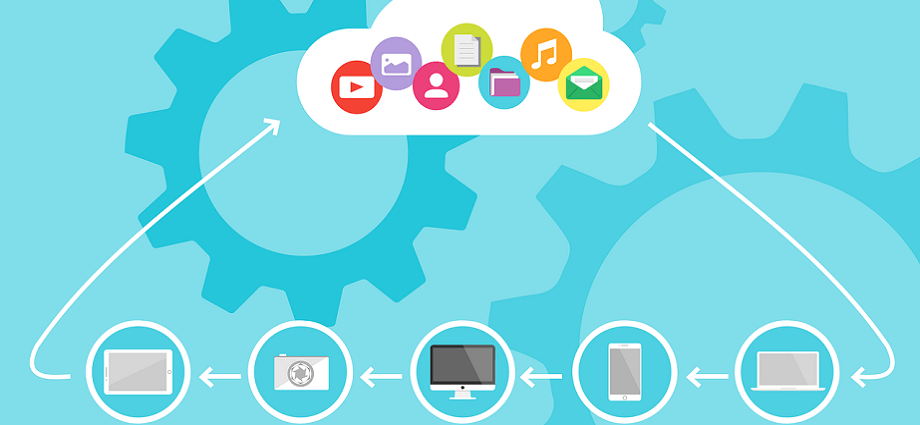Service Oriented Architecture (SOA) is a software design and architectural approach that focuses on the use of modular, independent services to support the development and deployment of business applications. In an SOA environment, each service is designed to perform a specific function, and can be easily combined with other services to create more complex applications. This approach offers several benefits, including the ability to build flexible, scalable, and robust applications that can support a wide range of business needs.
Key Components of SOA
The key components of Service Oriented Architecture (SOA) include:
• Services: In an SOA environment, you design services as modular, independent units of functionality that external clients or other services can easily combine to create more complex applications. Each service performs a specific function and can be invoked by other services or external clients.
• Interfaces: In an SOA environment, you access services through interfaces, which define how other services or clients can invoke and use the service. In interfaces, you usually specify the input and output parameters of the service, as well as any constraints or requirements that users must satisfy to use the service.
• Service Contracts: Service contracts are the formal agreements between service providers and service consumers that define the obligations and expectations of each party. In service contracts, you typically specify the inputs and outputs of the service, as well as any constraints or requirements that users must satisfy to use the service.
• Service Registries and Repositories: Service registries and repositories are central directories that store information about available services and their interfaces. Service registries and repositories make it easy for service consumers to discover and use available services, and can also help to ensure that service providers and consumers are able to communicate and interact with each other effectively.
Advantages of Using SOA
The advantages of using Service Oriented Architecture (SOA) include:
• Flexibility: SOA enables teams to build applications that are highly flexible, which means that they can be easily adapted to support changing business needs. This makes it easy for teams to add or remove features and capabilities as needed, without the need to make major changes to the underlying infrastructure.
• Scalability: SOA enables teams to build applications that are easy to scale up or down as needed, without the need to make major changes to the underlying infrastructure. This means that teams can quickly and easily add more resources to support a growing user base, or reduce their costs when traffic is low.
• Interoperability: SOA enables teams to build applications that are interoperable, which means that they can easily integrate with other systems and technologies. This makes it easy for teams to connect different components and technologies to create more powerful and sophisticated applications.
• Reusability: Because SOA relies on modular, independent services, teams can easily re-use these services to support multiple applications. This can save time and effort, and can also help to ensure that teams are building on proven, tested components.
• Modularity: SOA allows teams to build highly modular applications that they can easily divide into smaller, more manageable components. This can make it easier for teams to work on different parts of the application in parallel, and can also make it easier to troubleshoot and maintain the application over time.
Real-World Examples of SOA
Some real-world examples of Service Oriented Architecture (SOA) include:
• Salesforce: Millions of businesses worldwide use Salesforce, a cloud-based customer relationship management (CRM) platform. The platform uses SOA principles to enable teams to build flexible, scalable, and interoperable applications that support a wide range of customer-facing functions, including sales, marketing, and customer service.
• Dropbox: Dropbox is a popular cloud-based file sharing and storage platform that allows users to easily share and access files from any device. The platform uses SOA to enable teams to build applications that are highly scalable and resilient, and that can support a growing user base without the need for major changes to the underlying infrastructure.
Conclusion
In conclusion, Service Oriented Architecture (SOA) offers numerous benefits for teams that are looking to build successful applications. With SOA, teams can build flexible, scalable, and robust applications that can support a wide range of business needs. This approach enables teams to quickly and easily add or remove features and capabilities as needed, and also makes it easy to integrate different components and technologies.
By using SOA, teams can also take advantage of the many cost savings and operational benefits of the cloud, including the ability to scale applications up or down as needed and the ability to pay only for the resources they use. This can help teams to stay within budget and focus on delivering value to their customers.
The benefits of SOA make it an appealing approach for teams that are looking to build successful applications that can support the changing needs of their business. By leveraging the power of SOA, teams can build applications that are flexible, scalable, and robust, and that can help their business to stay competitive and responsive in today’s fast-paced business environment.

